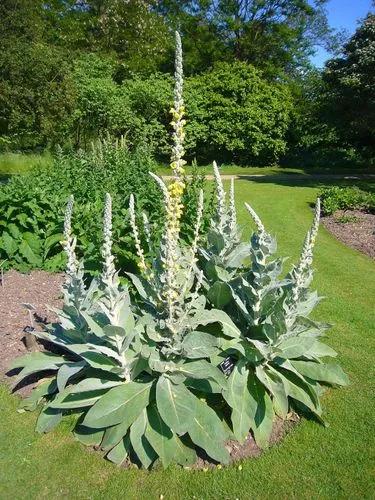Vicia villosa, known as the hairy vetch, fodder vetch or winter vetch, is a plant native to some of Europe and western Asia. It is a legume, grown as a forage crop, fodder crop, cover crop, and green manure.
Fodder vetch Care
Vicia villosa



Hairy vetch is an annual or biannual viny legume with a woolly appearance due to long soft hairs borne on the stems and leaves. It remains green longer than the common vetch (Vicia sativa). It flowers and seeds late in the season and often survives the dry season, regenerating to almost full strength during the next rainy season. Vicia villosa has a scrambling and prostrate habit when young. It is 30-70 cm in height in mature swards. When it is provided with support for upright growth, hairy vetch may climb and reach a height of 1-2 m. Vicia villosa is appreciated as a cover crop and green manure. It's invasive in many US states.
How to Care for the Plant

Water

The soil should be reliably moist throughout the growing season. It has medium tolerance of drought but cannot withstand waterlogging.

Sunlight

The plant requires a sunny position.

Soil

It does well in many types of soil provided they are well drained. It grows in soils with pH ranging from 6 to 7.5 and it is more tolerant to soil acidity than many forage legumes.

Temperature

It does well in areas with average temperatures ranging from 8°C to 19°C. It is relatively winter hardy but tolerates frost better if it is protected by a snow cover or if it is grown with a companion crop, or sown below a cover of crop residues.

Popularity

414 people already have this plant 100 people have added this plant to their wishlists
Discover more plants with the list below
Popular articles






